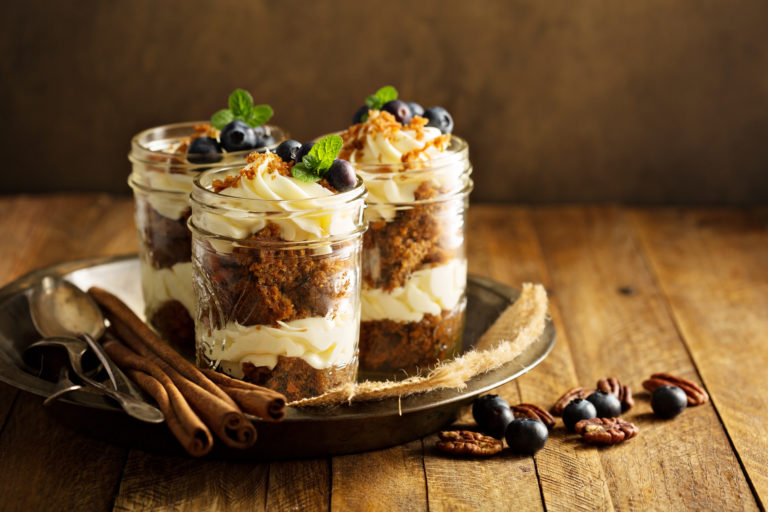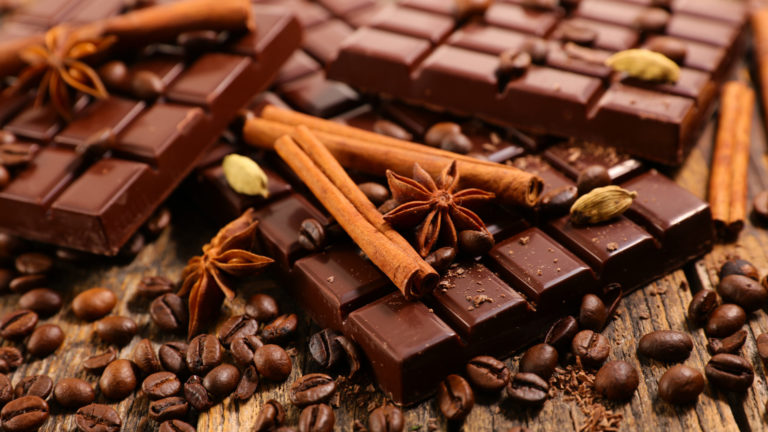A brief simple overview
Ice cream is an emulsion or a mixture of three things which resist amalgam, in this case fat, water and air. Containing tiny air bubbles formed during churning process and ice crystals conceived during freezing, resulting in a multi phase system, hence containing solid, liquid and gas simultaneously (Fat, Water and Air). This amalgamation in the right proportions and process is called ice cream, mainly comprising of milk, cream and honey (sugar) along with air.
Controlling water is important as it is a major ingredient. One way of controlling is by adding sugar, which impacts freezing point. Sugar tends to lower the temperature at which water freezes and makes the ice cream soft, rather than a frozen solid. Whereas fat replaces the water and results in the formation of smaller ice crystal and hence a smooth texture, increased viscosity and creaminess.

Water mobility limiters can help make the mixture more viscous, like corn starch, milk powders, protein powders, etc. But keeping the ingredients natural, pure and organic is foremost for any food. Adding eggs to the ice cream base can also act as a stabilizer.
For a creamy ice cream it is essential that the ice cream base or mixture is frozen as fast as possible, resulting in smaller ice crystals and a graceful texture. Ideally fat content of around 16 % is targeted in ice creams.










